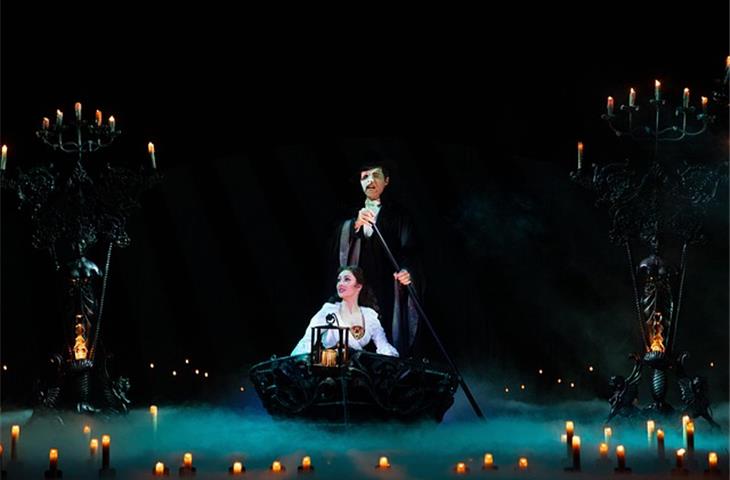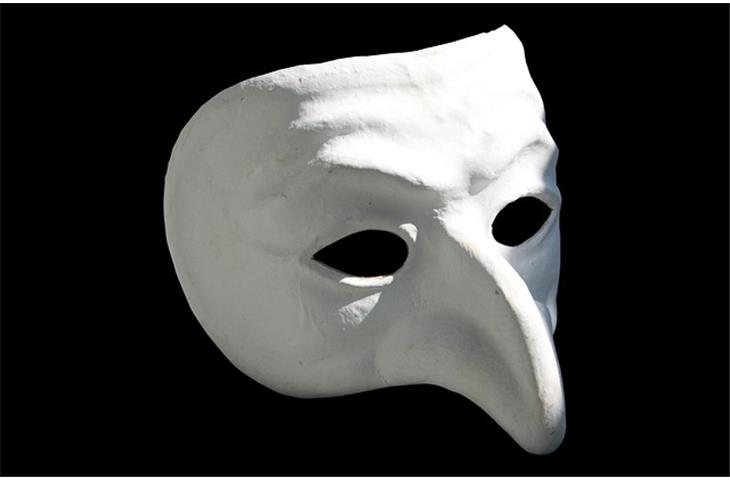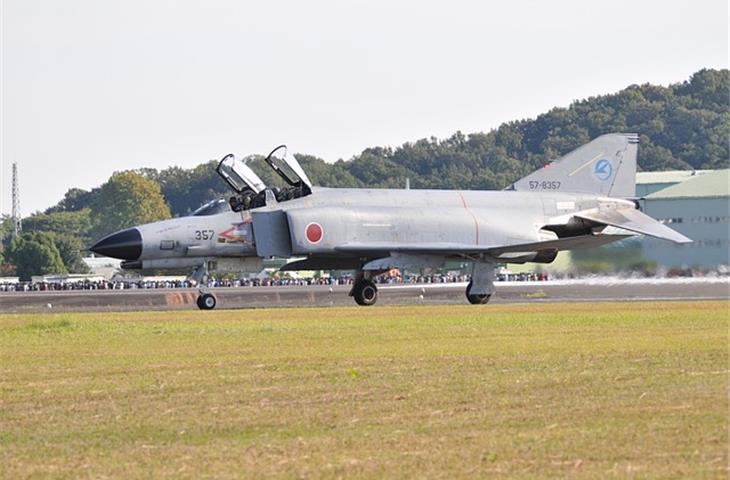The RS-118T American RSD phantom knee model phantom is an innovative instrument developed to augment medical instruction and exploration. This apparatus delivers authentic simulations of knee ailments and conditions, permitting health practitioners to exercise their proficiency and enhance patient recovery rates. Within this discourse, we shall scrutinize the salient attributes, applications, and advantages of the RS-118T American RSD phantom knee model phantom. We will also examine four fundamental prerequisites linked to this model and probe its importance within the realm of medical pedagogy and investigation.
1. Authentic Simulation of Knee Injuries and Conditions

The RS-118T American RSD phantom knee model phantom is acclaimed for its precise depiction of diverse knee injuries and conditions. This attribute is pivotal for health practitioners necessitating to cultivate and hone their diagnostic and therapeutic competencies pertaining to knee-associated complications. The model’s life-like aesthetics and functionality facilitate precise simulation of prevalent knee disorders, including ACL tears, meniscus tears, and osteoarthritis.
2. Superior Training Capacities

The RS-118T American RSD phantom knee model phantom furnishes a substantial level of authenticity, empowering health practitioners to train in a secure and regulated milieu. This training model permits users to rehearse surgical maneuvers, infusions, and physiotherapy techniques on a lifelike knee devoid of the risk of inflicting harm to actual patients. The superior training capacities of this phantom render it an irreplaceable instrument for medical scholars, interns, and seasoned professionals.
3. Augmented Learning and Retention

The incorporation of the RS-118T American RSD phantom knee model phantom in medical education can considerably amplify learning and retention. By offering a tactile, interactive encounter, this model enables learners to visualise and comprehend intricate knee anatomy and pathologies more proficiently. The pragmatic application of knowledge in a simulated scenario fosters enduring memory retention and enhances the overall standard of medical education.
4. Cost-Efficiency and Accessibility
Contrasted with genuine patients, the RS-118T American RSD phantom knee model phantom proffers a more economical and accessible training alternative. This model obviates the necessity for cadavers or living patients, curtailing expenses and potential ethical dilemmas. Moreover, the phantom can be utilised repetitively, assuring uniform training experiences for health practitioners. Its portability and user-friendliness render it a valuable asset for establishments with restricted space and resources.
In summation, the RS-118T American RSD phantom knee model phantom is a profoundly valuable instrument in the sphere of medical education and research. Its authentic simulation of knee injuries and conditions, superior training capacities, augmented learning and retention, and cost-efficiency validate it as an indispensable resource for health practitioners. By satisfying the four fundamental prerequisites associated with this model, we can further comprehend its significance in enhancing patient care and medical education.
